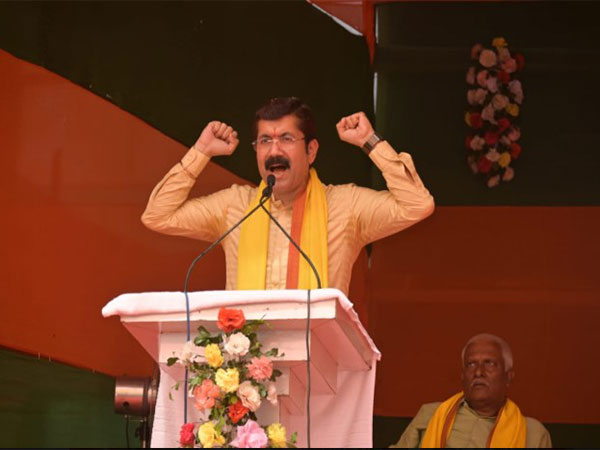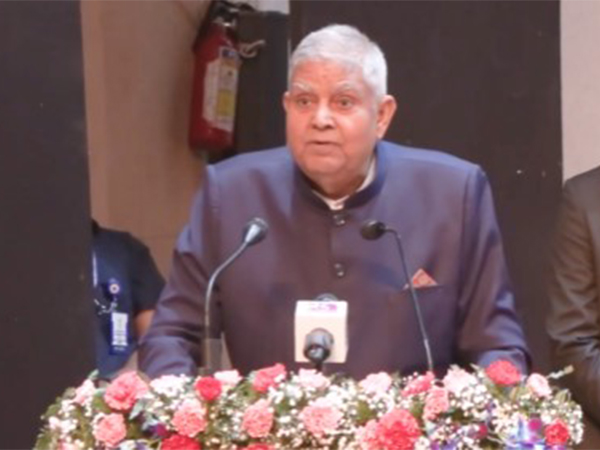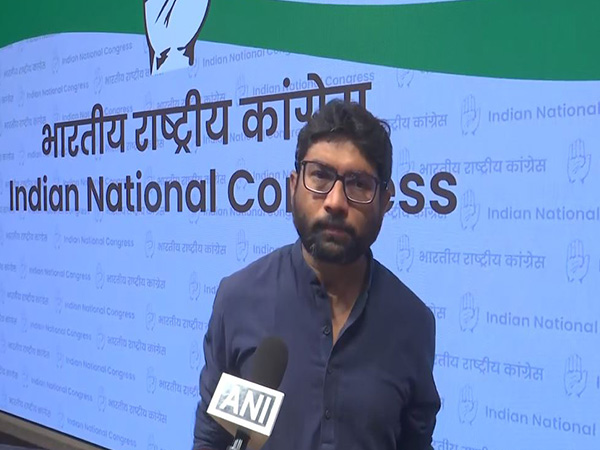Washington DC [US], April 9 (ANI): Smaller than a grain of rice, a new pacemaker is particularly suited to the small, fragile hearts of newborn babies with congenital heart defects.
A tiny pacemaker is paired with a small, soft, flexible wearable patch that sits on the patient’s chest. The wearable patch detects irregular heartbeats and automatically emits pulses of light.
The light then flashes on and off at a rate that corresponds to the correct pacing. After the tiny pacemaker is no longer needed, it dissolves inside the body.
Northwestern University engineers have developed a pacemaker so tiny that it can fit inside the tip of a syringe — and be non-invasively injected into the body.
Although it can work with hearts of all sizes, the pacemaker is particularly well-suited to the tiny, fragile hearts of newborn babies with congenital heart defects..
Designed for patients who only need temporary pacing, this pacemaker simply dissolves after it’s no longer needed. All the pacemaker’s components are biocompatible, so they naturally dissolve into the body’s biofluids, bypassing the need for surgical extraction.
The study was published on April 2 in the journal Nature. The paper demonstrates the device’s efficacy across a series of large and small animal models as well as human hearts from deceased organ donors.
“We have developed what is, to our knowledge, the world’s smallest pacemaker,” said Northwestern bioelectronics pioneer John A. Rogers, who led the device development.
“There’s a crucial need for temporary pacemakers in the context of pediatric heart surgeries, and that’s a use case where size miniaturization is incredibly important. In terms of the device load on the body — the smaller, the better.” added John A Rogers.
“Our major motivation was children,” said Northwestern experimental cardiologist Igor Efimov, who co-led the study.
“About 1% of children are born with congenital heart defects — regardless of whether they live in a low-resource or high-resource country. The good news is that these children only need temporary pacing after a surgery. In about seven days or so, most patients’ hearts will self-repair. But those seven days are absolutely critical. Now, we can place this tiny pacemaker on a child’s heart and stimulate it with a soft, gentle, wearable device. And no additional surgery is necessary to remove it.”
Rogers is the Louis Simpson and Kimberly Querrey Professor of Materials Science and Engineering, Biomedical Engineering and Neurological Surgery at Northwestern — where he has appointments in the McCormick School of Engineering and Feinberg School of Medicine — and the director of the Querrey Simpson Institute of Bioelectronics.
Efimov is a professor of biomedical engineering at McCormick and professor of medicine (cardiology) at Feinberg. Rogers and Efimov co-led the study with Yonggang Huang, the Jan and Marcia Achenbach Professor of Mechanical Engineering and Civil and Environmental Engineering at McCormick; Wei Ouyang, an assistant professor of engineering at Dartmouth College; and Rishi Arora, the Harold H. Hines Jr. Professor of Medicine at the University of Chicago. (ANI)
Disclaimer: This story is auto-generated from a syndicated feed of ANI; only the image & headline may have been reworked by News Services Division of World News Network Inc Ltd and Palghar News and Pune News and World News
HINDI, MARATHI, GUJARATI, TAMIL, TELUGU, BENGALI, KANNADA, ORIYA, PUNJABI, URDU, MALAYALAM
For more details and packages
















